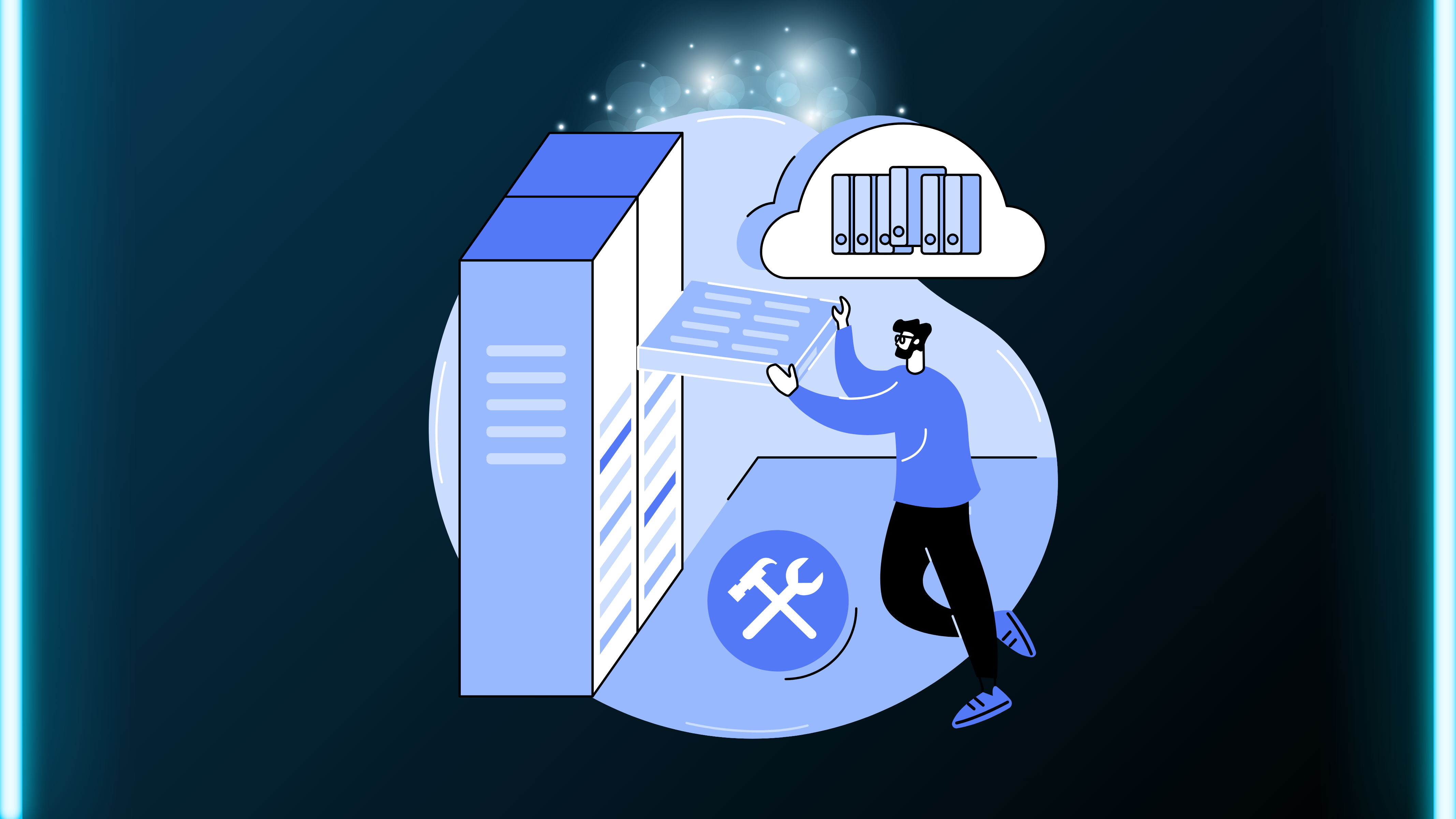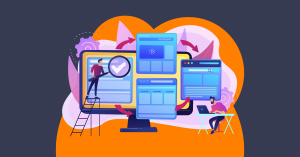
Before we hurry to the edge, let's take a moment to understand the starting point, which is the cloud. The cloud's popularity grew because of its capability to solve many issues. Need more storage space available? Move it to the cloud storage platform. Do you require strong servers for your app without having to possess them? Employ them through online services. Businesses and developers love cloud computing because of its ability to scale, cost-effectiveness, and accessibility from anywhere.
What Is Edge Computing?
Think of edge computing as a shift from relying on that massive public library to owning a mini-library at home. Instead of sending data to a far-off cloud for processing, edge computing brings the data processing closer to where it’s generated—right at the “edge” of the network.
Here’s a simple analogy: Imagine you’re at a coffee shop. If you want a quick snack, it’s faster and more efficient for the barista to grab it from their counter (edge) rather than running to a warehouse miles away (cloud).
The Cloud vs. Edge Debate: Why the Shift Matters

The shift from cloud to edge computing isn’t just about speed—it’s a game-changer for industries and individuals alike. Here’s why it matters:
1. Lightning-Fast Processing: Have you ever played an online game where every millisecond of delay feels like an eternity? Edge computing minimizes lag because the data is processed closer to you. For example, in autonomous vehicles, even a fraction of a second in decision-making could mean the difference between safety and disaster.
2. Lower Bandwidth Costs: Why send gigabytes of data to the cloud when it can be processed locally? Imagine a smart factory where machines constantly generate data. Edge computing saves businesses a fortune by reducing the amount of data sent over expensive networks.
3. Enhanced Privacy: Sending sensitive data to the cloud can feel like shouting your secrets into the void. With edge computing, data stays closer to home, making it easier to secure and comply with privacy regulations.
Real-Life Applications: Where Edge Is Stealing the Show

Edge computing isn’t just a tech buzzword—it’s already making a difference in our daily lives. Let’s explore some cool, real-world examples:
1- Smart Cities: Traffic lights equipped with edge devices can analyze real-time traffic flow ands adjust signals accordingly, reducing congestion without relying on cloud servers.
2- Healthcare: Wearable devices like smartwatches monitor heart rates and send alerts directly to healthcare providers without cloud interference. In emergencies, this split-second decision-making can save lives.
3- Retail: Ever wondered how stores know to offer you discounts just when you’re considering that pricey gadget? Edge computing powers real-time data analytics for personalized shopping experiences.
Challenges on the Edge
Of course, edge computing isn’t a one-size-fits-all solution. Like any superhero, it has its kryptonite:
1. Infrastructure Costs: Setting up edge devices can be expensive initially, especially for businesses starting from scratch.
2. Security Risks: While keeping data local is great for privacy, managing security for thousands of edge devices can be daunting.
3. Integration Complexities: Balancing cloud and edge computing is like juggling—you need both hands (or systems) working seamlessly together.
The Best of Both Worlds: Cloud and Edge Together
Here’s the thing: it’s not a battle between cloud and edge—it’s a partnership. Cloud computing excels at handling large-scale data storage and complex analytics. Edge computing shines in real-time processing and localized tasks.
A hybrid approach combines these strengths. For instance, edge devices might analyze raw data locally and then send summaries to the cloud for deeper insights. Think of it as cooking a meal: the edge is like chopping ingredients and cooking, while the cloud handles cleaning up and analyzing leftovers to improve recipes.
How Businesses Can Adapt to the Edge Revolution
1. Evaluate Your Needs: Few out of every odd business requires edge computing. Distinguish in the event that your activities request ongoing processing or restricted information handling.
2. Invest in Training: Outfit your groups with the abilities to actually oversee edge devices and hybrid frameworks.
3. Prioritize Security: Guarantee vigorous security conventions to safeguard both edge and cloud environments.
4. Start Small: Experiment with pilot projects prior to diving into a full-scale edge execution.
The Future of Edge Computing
Why should you care about all this? Because it impacts you. Whether it’s getting faster app responses, enjoying immersive gaming, or trusting your smart gadgets to keep your data safe, edge computing is transforming the technology you interact with daily.
Think about your own experiences: Have you ever cursed a buffering video or a lagging app? The shift to edge computing means to dispose of those disappointments and make innovation more consistent and instinctive.
The edge is simply getting everything started. With the ascent of 5G, Internet of Things (IoT) devices, and Artificial intelligence-controlled frameworks, edge processing will just turn out to be more common. Envision an existence where everything from self-driving vehicles to home appliances works quicker, more intelligent, and more secure — all because of edge innovation.
Conclusion
From the cloud to the edge, the change in data handling isn’t simply a technological update — it’s an upheaval. It’s tied in with carrying innovation nearer to us, making it quicker, more secure, and more private.
As we embrace this shift, one thing is clear: the edge isn’t what’s to come. It’s occurring now. What’s more, it’s making the universe of innovation a superior spot for us all.
All in all, would you say you are prepared to step into the edge era? What’s in store is waiting — right at the edge of your fingertips.
Published: December 4, 2024










